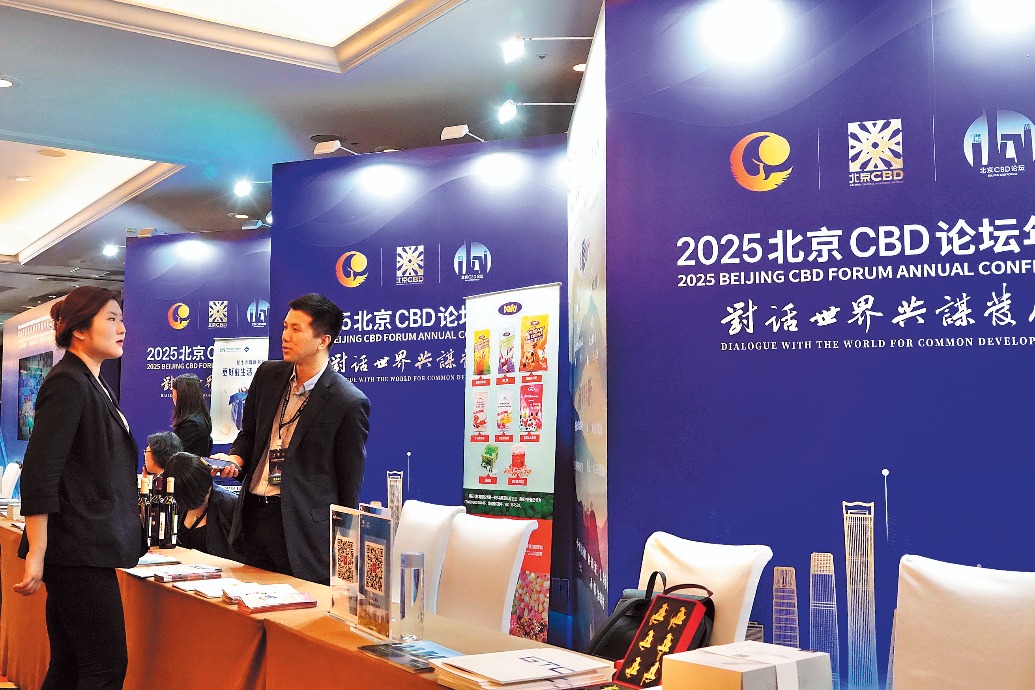Low water prices must be revised

China began to reform its urban water industry in the mid-1990s to reflect a market-oriented operation. In the past, water was free or cost very little as it was regarded as a public property. Now it is valued on the cost-compensation system and is charged at different levels in accordance with its usage.
However, tap water is still regarded as a public resource, therefore, subsidies are given to those who use less water.
The exceptionally low water prices have caused suppliers long-term losses. They have been slow to advance technology and have failed to ensure water quality.
To resolve these problems, the Chinese government announced new laws and regulations to reform the water industry.
With efficiency and quality as goals, the reform is expected to adjust pricing and introduce foreign players as regulators.
This is because given their financial and technological strengths, State-owned companies on their own cannot meet the demand of the market and improve the efficiency or the quality.
For example, drinking water in Shanghai was barely in line with standards put in place by the government in 1985, which failed to meet the water quality standards published by the government in 1998.
Professor Li Fengting of Tongji University in Shanghai said a large amount of sewage was discharged into the Huangpu River, accounting for 11 percent of the water of the river.
However, local companies are short of money to invest in facilities to improve the quality of the water.
In 2007, Shanghai water authorities estimated that the city needed to invest 200 billion yuan (22 billion euros) to meet European Union water quality standards. This estimate covered only the downtown area.
Other than the shortage of capital, local water companies were technologically poor and not capable of removing organic pollution.
But foreign companies brought both capital and technology.
In 2002, a French company spent $900 million for a 60 percent stake in a water company in Pudong of Shanghai. The joint venture significantly improved the water quality in Pudong and achieved the standards set forth by the EU.
Although the water tariff in Pudong rose to 2.78 yuan per ton from the previous 2.3 yuan per ton, the improvements of the water quality made most of the residents at ease with the price increase.
China's rapid development and population growth have exacerbated its demand for quality water, resulting in a severe water shortage. However, water waste is common among residents.
The unreasonably low water tariffs should be blamed. The price doesn't reflect the scarcity of water resources in China.
For instance, sewage treatment fees paid by users are far lower than the real cost of treating sewage. Because of the price differential, this can lead to serious water shortages, a waste of resources, heavy pollution and poor water quality.
That must be rectified.
Since the central government does not have sufficient capital to invest in water resources, there are other ways to reform the system: increasing the price of water to reflect the costs, optimizing the allocation of water resources and ending water waste.
According to the Urban Water Supply Association, the average water tariff in 36 cities had been adjusted from 0.14 yuan per ton in 1988 to 2.27 yuan per ton in 2010. That translates into a 20 percent average annual increase.
Low-price conditions have certainly improved, but generally speaking, China's water prices are still very low.
The overall cost of treating and supplying a ton of water in China is between 3.778 yuan to 4.578 yuan. The water tariff currently stands at 0.7 yuan to 3 yuan.
In European countries, water consumption accounts for 4 percent of personal income, while in China the rate is 1.2 percent, leaving room for further price increases.
It's because of low water prices that many users waste water, resulting in a large water shortage sweeping China. In a water-strapped country, the low price of water is unfavorable to both the economic growth and social harmony.
That is why the central government has asked local governments to carry out a tiered pricing system for urban households by the end of 2013 and implement a quota system on non-households by the end of 2015.
Under the systems, the more water is consumed, the higher the prices are.
As a general trend, water prices in China will go up, with bigger cities having higher increases.
In addition, an increasing number of foreign companies have invested in China and are expanding.
Currently, foreign players own or manage more than 50 tap water companies, investing more than $5 billion.
With more foreign companies coming to China, water prices will continue to rise.
The author is the director of the Water Policy Research Center at the Chinese Academy of Social Sciences.
Today's Top News
- Israel launches attack on Iran's nuclear sites
- Israel conducts preemptive strike on Iran
- The bumpy road of international trade
- China, Africa pledge to strengthen trade ties
- Li: Bolster Sino-EU cooperation
- Carmakers vow to ensure timely payments for suppliers






























